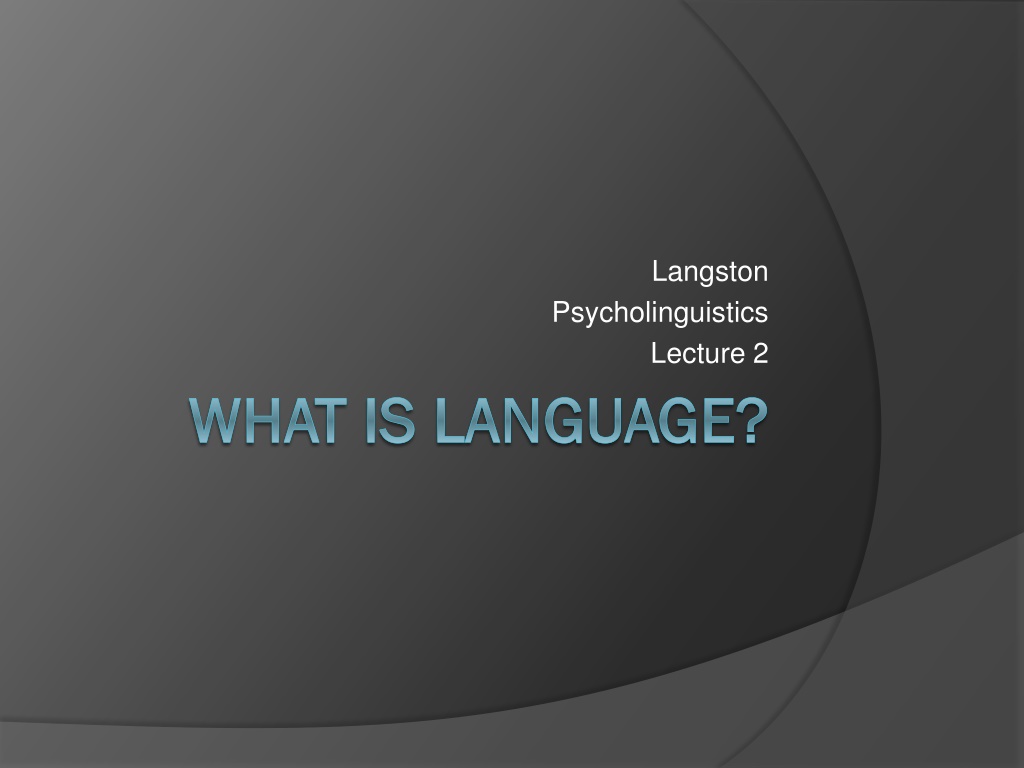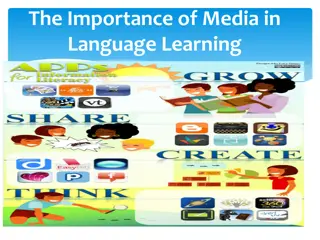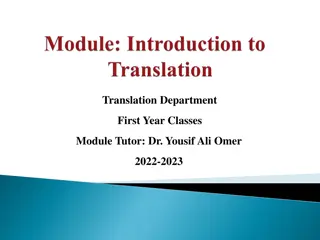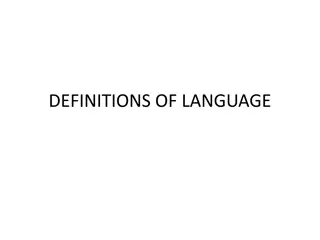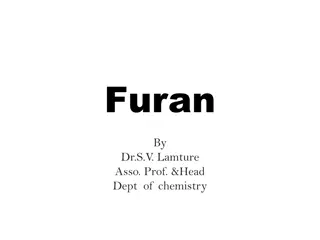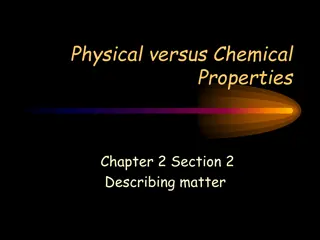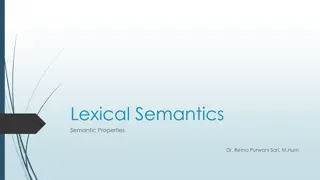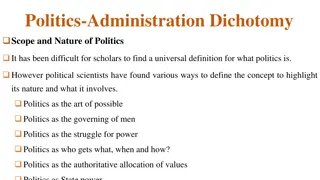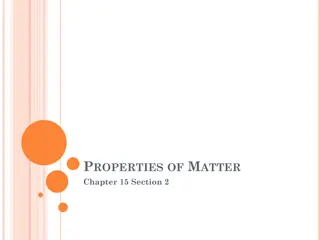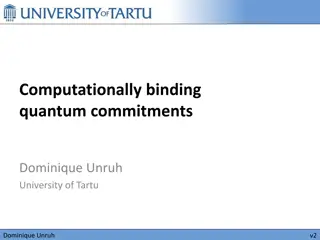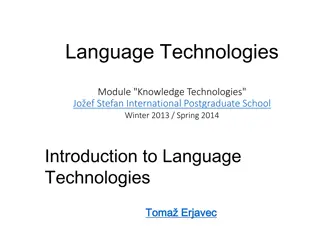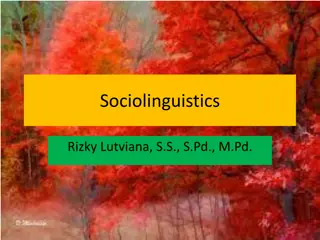Language Properties and Definitions
Language is defined by its unique properties such as rapid fading, interchangeability, feedback, semanticity, arbitrariness, discreteness, displacement, productivity, cultural transmission, duality, prevarication, reflexiveness, and learnability. These properties help distinguish human language from animal communication systems. Linguists study language grammar, including phonology, morphology, syntax, semantics, and pragmatics, to understand its rules and structures.
Download Presentation

Please find below an Image/Link to download the presentation.
The content on the website is provided AS IS for your information and personal use only. It may not be sold, licensed, or shared on other websites without obtaining consent from the author.If you encounter any issues during the download, it is possible that the publisher has removed the file from their server.
You are allowed to download the files provided on this website for personal or commercial use, subject to the condition that they are used lawfully. All files are the property of their respective owners.
The content on the website is provided AS IS for your information and personal use only. It may not be sold, licensed, or shared on other websites without obtaining consent from the author.
E N D
Presentation Transcript
Langston Psycholinguistics Lecture 2 WHAT IS LANGUAGE? WHAT IS LANGUAGE?
What is language? We can define it by its properties. This list is pretty common (Hockett, 1966): 1. Rapid Fading: 2. Interchangeability: 3. Feedback: 4. Semanticity: 5. Arbitrariness: 6. Discreteness: 7. Displacement:
What is language? We can define it by its properties. This list is pretty common (Hockett, 1966): 8. Productivity: 9. Cultural transmission: 10. Duality (of Patterning): 11. Prevarication: 12. Reflexiveness: 13. Learnability:
What is language? More information: https://en.wikipedia.org/wiki/Hockett's_desig n_features An easier to see list http://abacus.bates.edu/acad/depts/biobook/ Hockett.htm Further reflection (discussing the origin of the features): http://www.ncbi.nlm.nih.gov/pmc/articles/PM C4544681/
What is language? Note that it is kind of arbitrary to rule out animal communication systems on the basis of this list since it was developed to distinguish between human language and animal communication.
What is language? Another thing about this list is that if you look around you see people claiming that certain features are the ones that matter, but they tend to have different lists.
What is language? We are going to consider language as rule-described (contrasted to rule- governed). We'd like to see in the descriptions: Grammar: A set of elements Rules for combining those elements
What is language? A good grammar: Simpler is better. Should conform to users' intuitions about language: John kicked the ball. The ball was kicked by John. Rules should apply to many languages.
What is language? We can think of grammars for: Phonology. Morphology. Syntax. Semantics. Pragmatics.
Grammar Fallacies 1. Only some languages have a grammar. The ball kicked the boy. The boy kicked the ball.
Grammar Fallacies 1. Only some languages have a grammar. Warlpiri (Pinker, 2000, p.232): This man speared a kangaroo. Man this kangaroo speared. Man kangaroo speared this. Man speared kangaroo this
Grammar Fallacies 2. Some grammars are primitive. French versus English: Le livre, les livres The book, the books
Grammar Fallacies 3. People must be taught the grammatical rules of language. We've addressed this one.
Grammar Fallacies 4. Grammatical rules are logical. I don't have nothing. Yo no tengo nada. Tree Book Sheep trees books sheeps
Grammar Fallacies 5. Grammars deteriorate with the passage of time. We've discussed this, it's more a matter of evolution than deterioration, and these concerns are not about the fundamentals but the paint.
Grammar Fallacies 6. Grammars differ in unpredictable ways. a.Not Pat is here. b.Pat not is here. c.Pat is not here. d.Pat is here not. a and d are very rare.
Grammar Fallacies 6. Grammars differ in unpredictable ways. a.Dogs like bones (SVO). b.Dogs bones like (SOV). c.Like dogs bones (VSO). d.Like bones dogs (VOS). e.Bones like dogs (OVS). f.Bones dogs like (OSV). Most a-c, some d and e, none use f for dominant form.
THE END THE END
